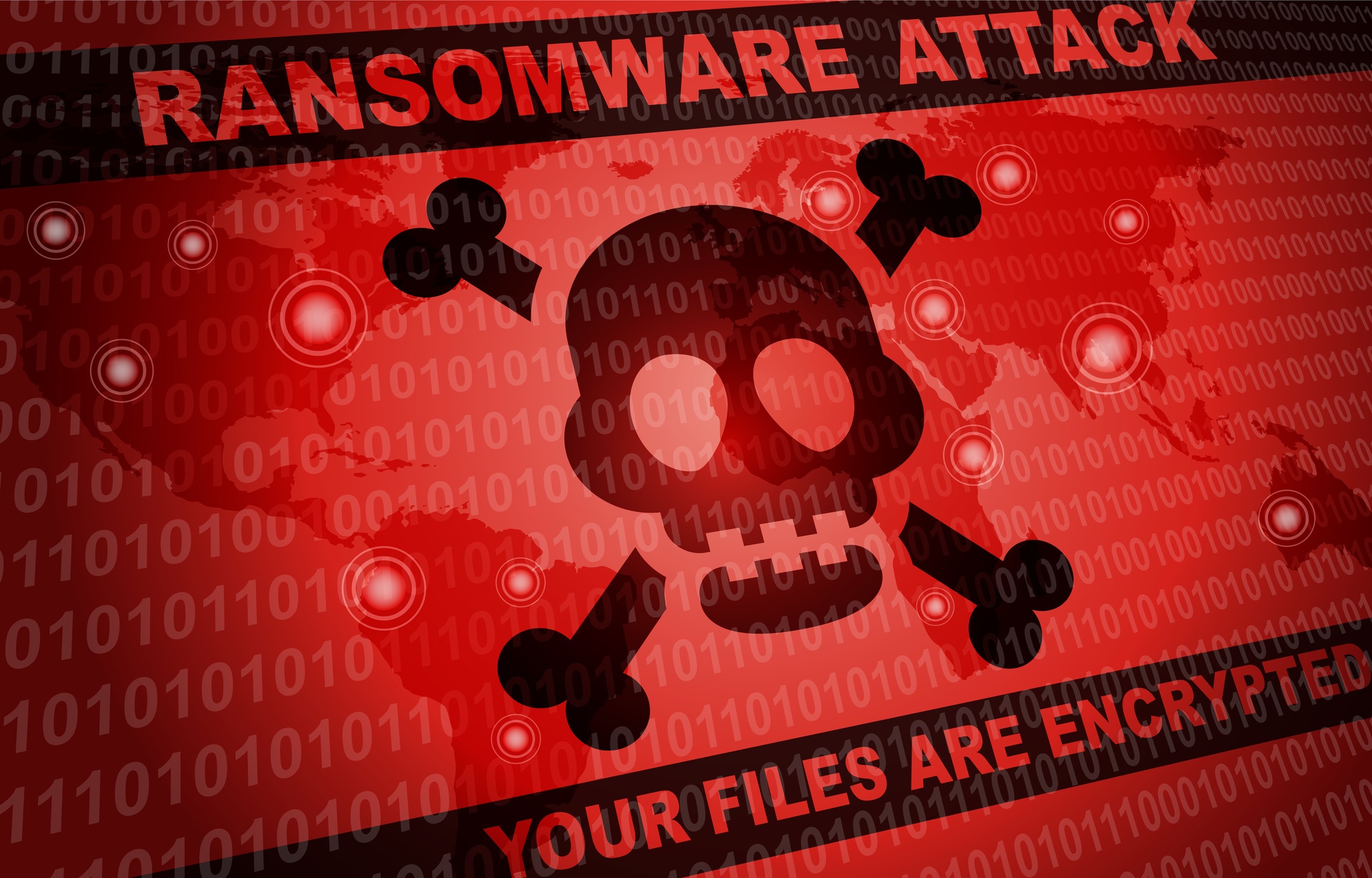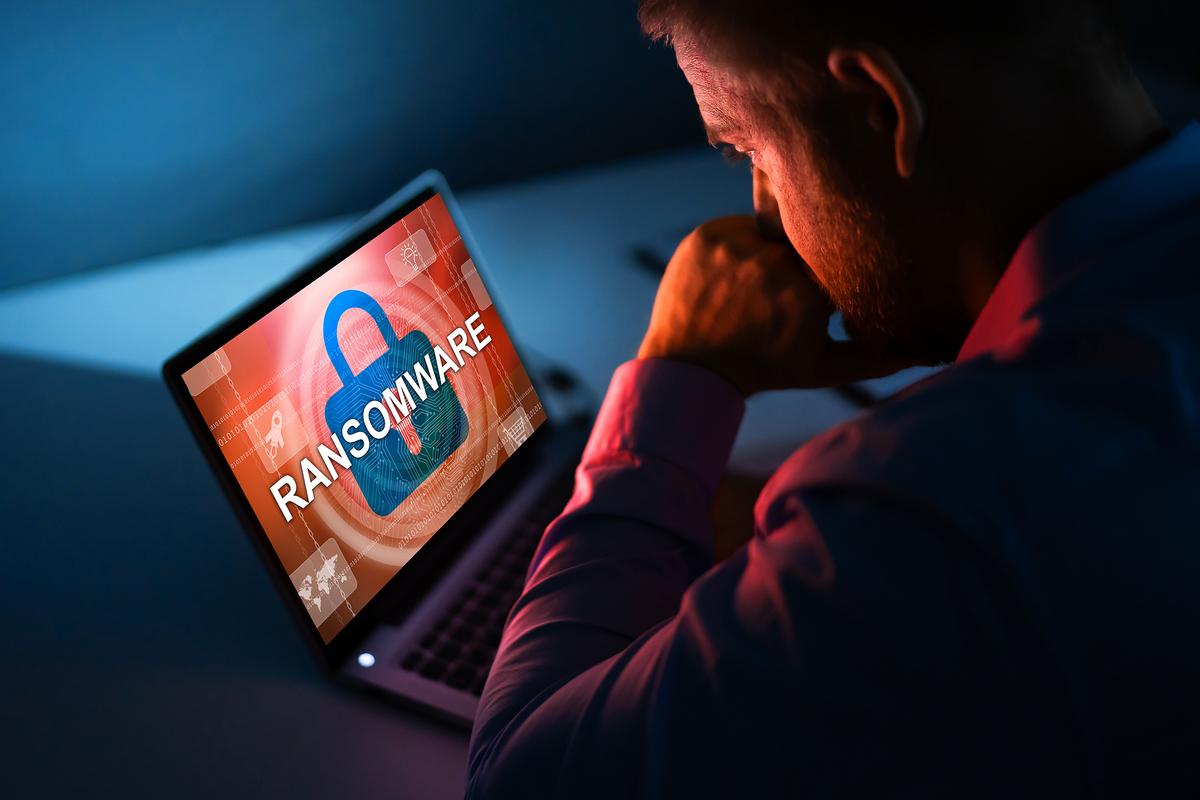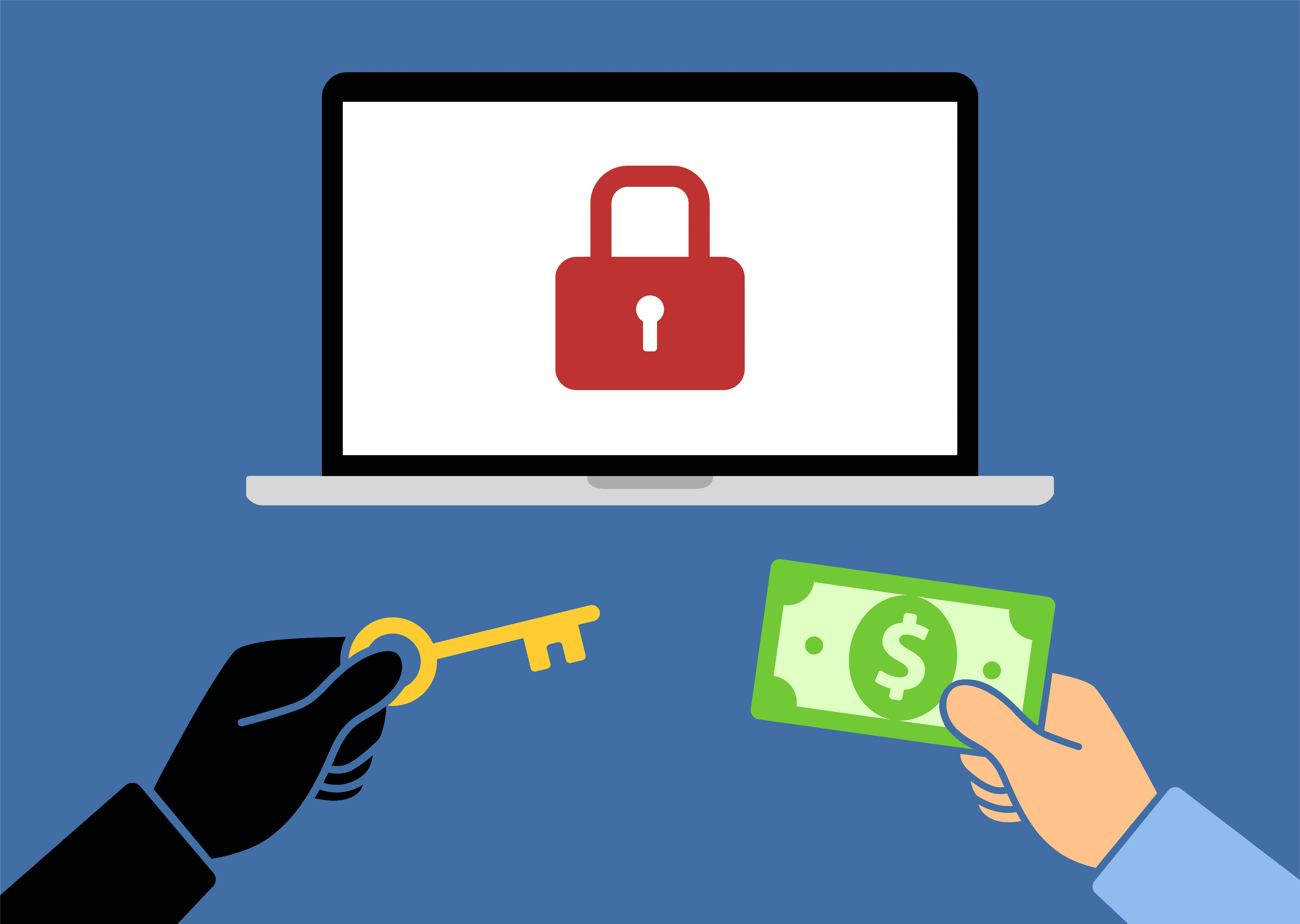In the year 2017, the Cyber Crime Center of the FBI received over 1,783 Ransom malware complaints. It was then estimated that this malefic online threat cost victims over $2.3 million. However, here we are only talking about the USA alone. If we talk about its costs in terms of all around the world, it was way higher. According to the reports, there were 184 million Ransom malware attacks only in 2017.
In this post, we will discuss the origin, effects, and prevention of this harmful malware.
Table of Contents
What is Ransomware?
Ransomware is malignant software designed to impede access to a computer system. You may not be able to access the system until a money transaction occurs. The threat of Ransom malware is a growing trend for the past few years. However, the mutilating effects of the Ransomware virus have brought it into the limelight. There are various Ransom malware you can check below:
Scareware
Scareware is one of the most common types of Ransom malware. It uses the techniques to scare the victim to get the money. It can appear on your screen disguised as antivirus software.
Malware Impersonating A Law Enforcement Agency
This type of ransom malware makes a page appear on your screen that imitates a law enforcement agency. The message claims that the computer is used in performing illegal activities. After that, you will see the files get encrypted. You may not be able to recover the files until you pay the ransom.
How Does Ransom Malware Work?
Ransomware is malware that encrypts a victim’s files. When you fall victim to a Ransomware virus, the attacker asks for a certain amount to give back access to your data. You will receive instructions to make the payment to the attacker.
Origin Of Ransom Malware
Ransom malware attacks were initially reported in the year 1989. However, it later came into the limelight on Friday, 12 May 2017. It infected more than 230,000 computers in over 150 countries. The countries that suffered the worst effects due to the Ransom virus and related online attacks are Ukraine, India, Russia, and Taiwan. On the other hand, Britain’s National Health Service, Spain’s Telef?nica, FedEx, Deutsche Bahn, and LATAM Airlines were affected partially.
Striking Facts About Ransomware
Now that you know the origin of the ransom malware, check the harmful effects of the ransomware:
- Ransomware emerged in 1989, twenty-seven years from this terrible virus attack termed as the AIDS Trojan. It was spread via floppy disks.
- The Ransomware attack victims in 2017 include universities, hospitals, manufacturers, and government agencies.
- Microsoft released a Ransomware patch for Windows XP. The new update was released to fix a file-sharing loophole being used by the “WannaCry Ransomware“.
- SamSam, well-known Ransomware, collected over $1 million from the victim in the form of Ransom money.
- 45% of the total Ransom malware attack targeted health organizations from all over the world.
- In the year 2017, 90% of Ransomware targets were financial institutions.
Steps To Prevent You From The Hazardous Effects Of Ransomware
To prevent the damaging effects of Ransom malware, you can keep the below-given considerations in your mind:
- Don’t store your important data only on your PC. Additionally, create the backup on an external hard drive.
- Don’t let your applications like Dropbox/Google Drive/One Drive/etc. be turned on by default. Open them once a day to sync your data.???
- Keep your operating system and software up to date.
- Use a guest account with limited privileges rather than using an administrator account on my computer.
- Turn off macros in the Microsoft Office suite.
- Remove plugins like Adobe Flash, Java, Adobe Reader, and Silverlight from your browser. In case you need to use them, set a browser to ask ?activate plugins when needed every time you use them.?
- Adjust your browser’s security and privacy settings for maximum protection.
- Remove outdated plugins and add-ons from your browsers.
- Avoid the threat of potentially malicious ads using ad-blocker.
- Do not open emails from unknown senders or spam emails.
- Avoid downloading attachments from spam emails or suspicious emails.
- Do not click links in spam emails or unusual emails.
- Besides, use reliable and paid antivirus products. Make sure that they have automatic update modules and a real-time scanner.
Takeaway
It is high time to take the threat of Ransomware virus seriously before it hits. It brought daunting extortion worldwide and affected important sectors of society. Cybercrime is a never-ending battle. If you want to win it, you have to be aware with suspicious cyber activities. Moreover, try to take care of your data privacy with the utmost attention.
It is appropriate to say that “Prevention is better than cure”.
If you like this post on Ransom malware, say in touch to get more from us!


